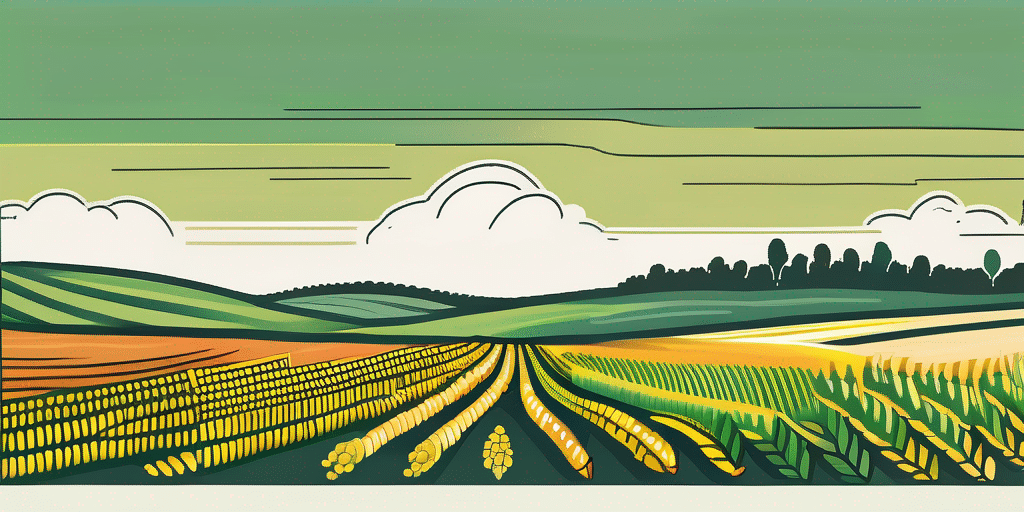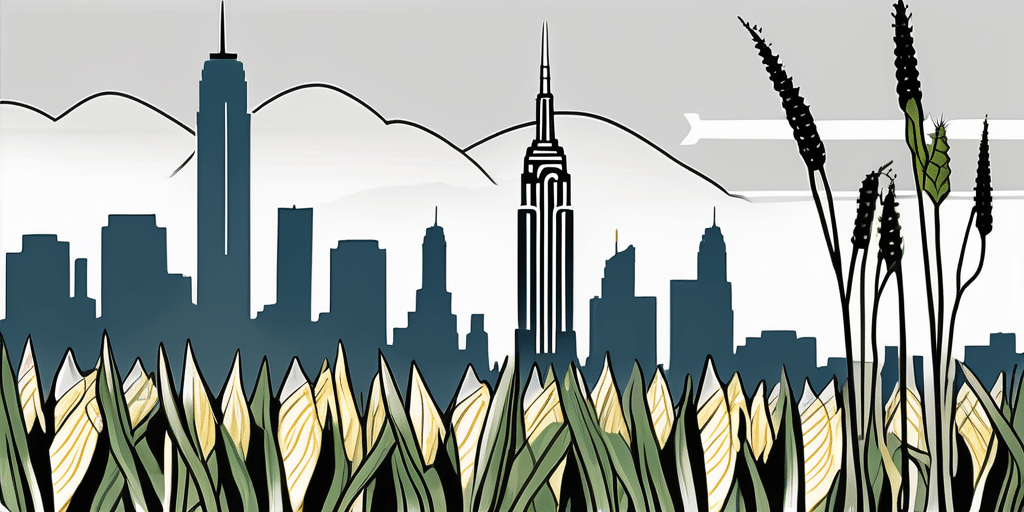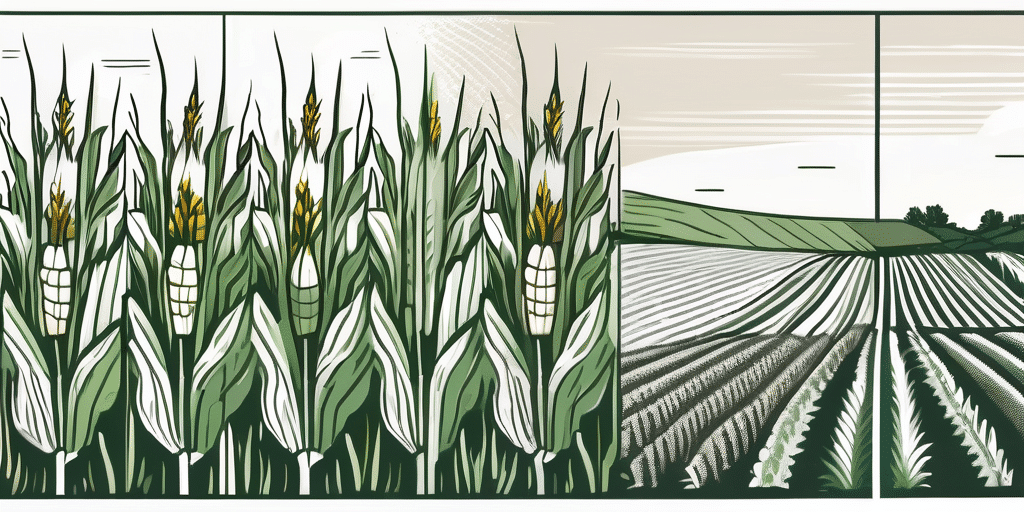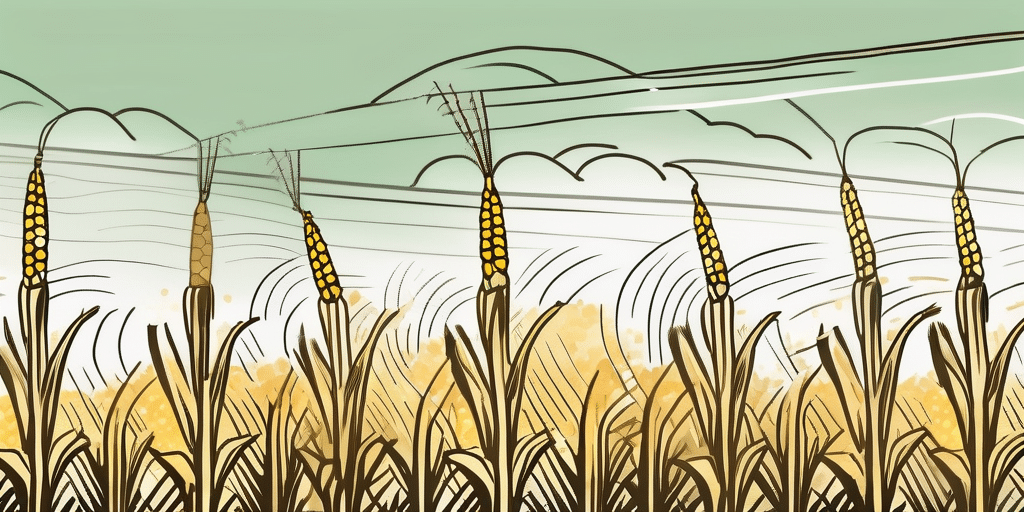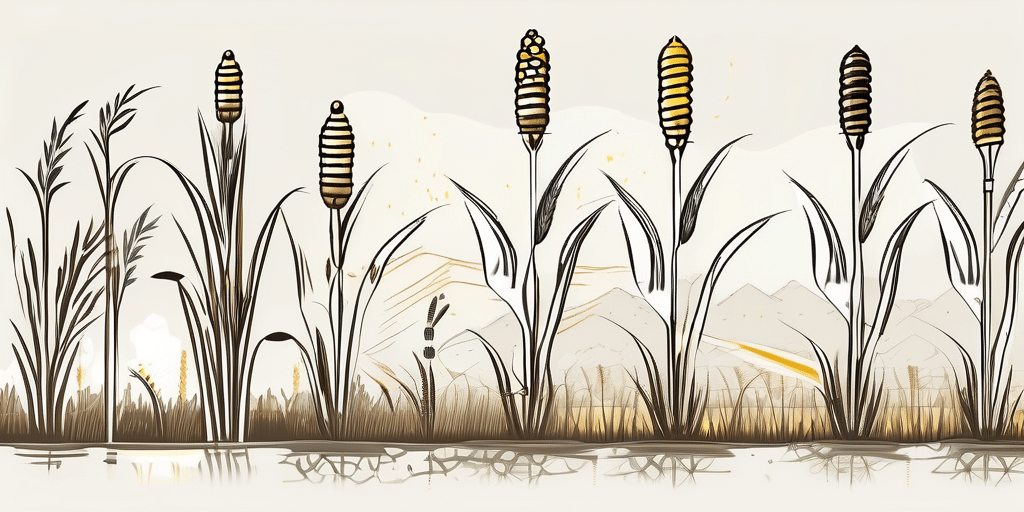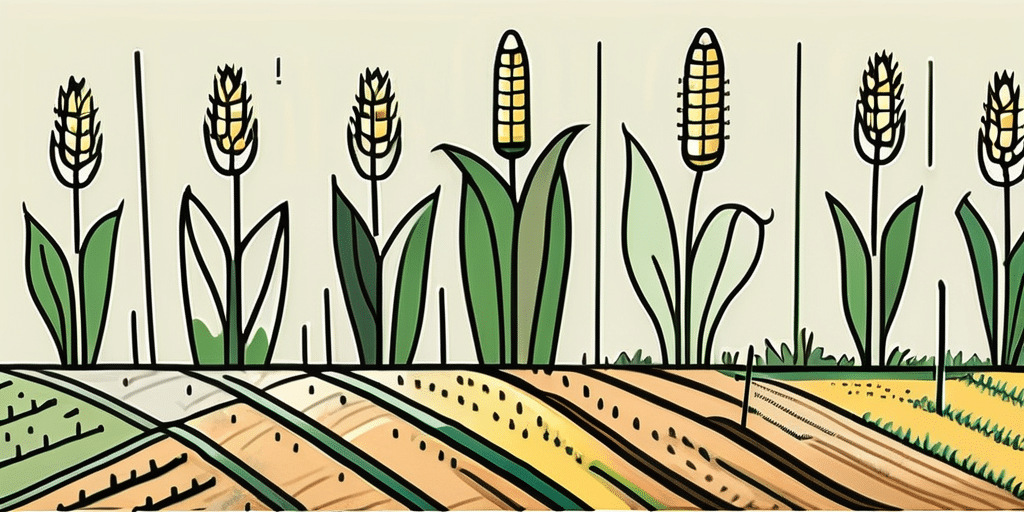Corn is a versatile and delicious crop that thrives in the fertile soils and warm climate of Louisiana. Whether you are a seasoned gardener or a beginner, growing corn in this state can be a rewarding experience. In this article, we will explore the best corn varieties for Louisiana, the climate and hardiness zones, as well as when to plant and harvest corn. We will also answer some frequently asked questions about growing corn in the Bayou State.
Best Corn Varieties for Louisiana
Choosing the right corn variety is crucial for a successful harvest in Louisiana, a state known for its diverse agricultural landscape. From the fertile fields of the Mississippi Delta to the bayous of the Gulf Coast, Louisiana offers a unique environment for growing corn. Here are a few varieties that are well-suited for Louisiana’s growing conditions:
- Silver Queen – A popular sweet corn variety known for its tenderness and exceptional flavor. Silver Queen thrives in Louisiana’s warm climate and is a favorite among local farmers and consumers alike.
- Peaches and Cream – This bicolor corn variety offers a perfect balance of sweetness and creamy texture, making it a delightful addition to any summer meal in Louisiana. Its versatility in cooking methods, whether grilled, boiled, or roasted, makes it a top choice for home gardeners.
- Bodacious – Known for its large, plump kernels, Bodacious is a reliable and disease-resistant corn variety that performs well in Louisiana’s humid conditions. Its high yield potential makes it a popular choice for commercial corn growers in the state.
- Country Gentleman – This heirloom variety produces unique shoepeg kernels and has a rich, sweet taste that captures the essence of traditional Southern corn. Country Gentleman’s ability to thrive in Louisiana’s varying soil types and moisture levels makes it a sought-after variety for small-scale farmers and gardeners.
When selecting corn varieties for your Louisiana farm or garden, consider factors such as taste preference, disease resistance, and days to maturity. It’s also important to choose varieties that are suitable for your specific location within Louisiana, whether you are in the humid lowlands of the south or the drier uplands of the north. By selecting the right corn varieties tailored to Louisiana’s unique growing conditions, you can ensure a bountiful harvest that celebrates the rich agricultural heritage of the Pelican State.
Climate & Hardiness Zones in Louisiana
Louisiana’s climate can vary across the state, but it is generally characterized by hot and humid summers. The USDA hardiness zones for Louisiana range from 8a to 10a. These zones indicate the minimum average temperatures that a region experiences, helping gardeners determine the most suitable plants for their area.
When it comes to corn, it thrives in the warmer regions of Louisiana. However, it’s worth noting that corn is a relatively adaptable crop and can grow well across the state with proper care and attention.
One interesting aspect of Louisiana’s climate is its susceptibility to hurricanes. The state is located in a region prone to these powerful tropical storms, which can have a significant impact on agriculture and gardening. Gardeners in Louisiana need to be prepared for the potential damage that hurricanes can cause to their crops and landscaping.
Additionally, Louisiana’s diverse topography contributes to microclimates within the state. Areas near the coast may experience milder winters compared to inland regions, affecting the types of plants that can thrive in different parts of Louisiana. This variation in microclimates adds an extra layer of complexity for gardeners seeking to cultivate a successful garden in the state.
When to Plant Corn in Louisiana
The timing of planting corn in Louisiana is crucial to ensure optimal growth and yield. In general, corn should be planted in late February to early April when the soil temperature reaches around 50°F (10°C). Planting too early may result in colder soil temperatures, while planting too late can lead to reduced yields.
Before planting, prepare the soil by tilling and adding organic matter, such as compost, to improve drainage and fertility. Sow the corn seeds about 1-2 inches deep and 8-12 inches apart, depending on the variety. It’s recommended to plant corn in blocks or multiple rows to aid in pollination.
When selecting a corn variety to plant in Louisiana, consider factors such as disease resistance, maturity rate, and intended use. Some popular varieties for Louisiana include Silver Queen, Bodacious, and Ambrosia. Silver Queen is known for its exceptional sweetness, while Bodacious is favored for its large, flavorful kernels. Ambrosia offers a perfect balance of sweetness and tenderness, making it a versatile choice for various culinary applications.
Additionally, implementing crop rotation practices can help maintain soil health and reduce pest pressure in corn fields. Rotating corn with legumes like soybeans or cover crops such as clover can improve soil structure and nutrient availability, ultimately benefiting the corn crop’s growth and overall yield.
When to Harvest or Pick Corn in Louisiana
Harvesting corn at the right time ensures optimal taste and texture. The exact timing of when to harvest corn in Louisiana depends on the variety and weather conditions. Most sweet corn varieties mature in around 70-90 days after planting.
To determine if your corn is ready for harvest, observe the following signs:
- The silks on the ears of corn turn brown and dry out.
- The kernels feel plump and firm when gently pressed.
- The corn husks start to dry and turn brown.
When these indicators are present, it’s time to harvest your corn. Simply grab the corn ear firmly and pull downwards, twisting gently to detach it from the stalk. Harvested corn should be consumed or refrigerated promptly to preserve its sweetness.
After harvesting your corn, consider saving some kernels for next year’s planting. Select healthy, fully mature ears, and allow them to dry completely. Once dried, store the kernels in a cool, dry place until the next planting season. This practice, known as seed saving, can help you maintain a sustainable cycle of corn production and preserve desirable traits in your corn crop over time.
Frequently Asked Questions
Q: How often should I water my corn plants?
A: Corn plants require regular and consistent watering, especially during periods of dry weather. Aim to provide your corn plants with about 1 to 1.5 inches of water per week. Water deeply at the base of the plants to encourage strong root development.
Q: Do corn plants require pollination?
A: Yes, corn plants rely on pollination to produce ears of corn. Each tassel at the top of the corn stalk contains pollen, which needs to come into contact with the silks emerging from the ears. Wind and insects play a crucial role in the pollination process. To ensure successful pollination, it’s recommended to plant corn in blocks or multiple rows.
Q: How can I prevent pests and diseases in my corn crop?
A: To prevent pests and diseases in your corn crop, it’s important to practice good garden hygiene. Remove any fallen leaves or debris that may harbor pests and regularly inspect your plants for signs of infestation. In case of a severe pest or disease problem, consult with your local agricultural extension office for guidance on appropriate control methods.
With the right varieties, proper timing, and care, you can enjoy a bountiful harvest of homegrown corn in Louisiana. Experiment with different varieties and techniques to find what works best for your garden. So roll up your sleeves, grab your gardening tools, and get ready to savor the sweet taste of fresh Louisiana corn!
Join Our Gardening Community
Ready to take your Louisiana corn-growing journey to the next level? Subscribe for free to How to Grow Everything and learn how to build the garden of your dreams! Receive personalized gardening advice and information tailored to your Louisiana grow zone, experience level, and interests. Enjoy the best gardening tips, special offers, and deals delivered directly to your inbox – all 100% free, from our family to yours. Don’t miss out on our extensive library of free growing and gardening articles designed to help you succeed. No spam, no tricks, just valuable insights to help your corn and other crops thrive. Join our community today and grow with confidence!

